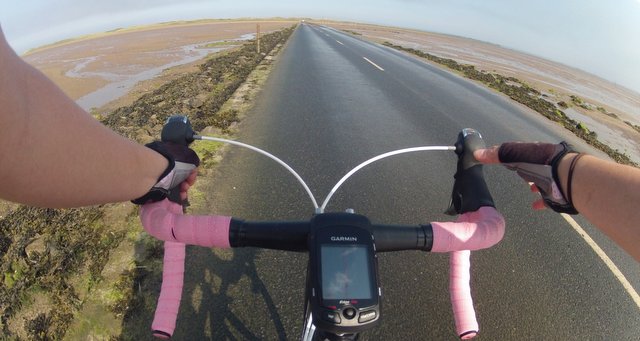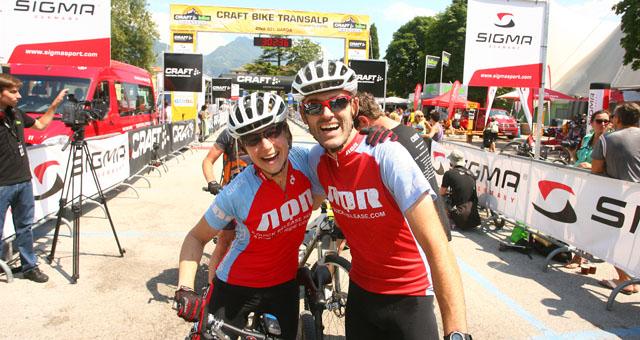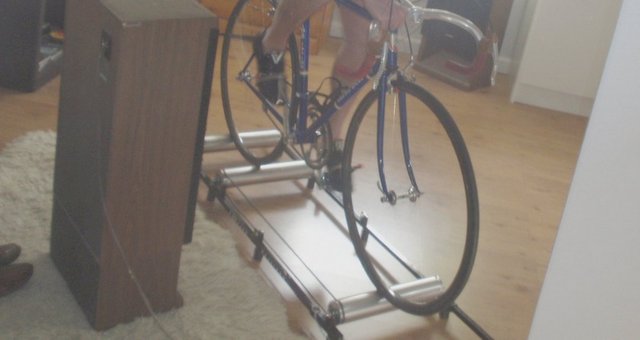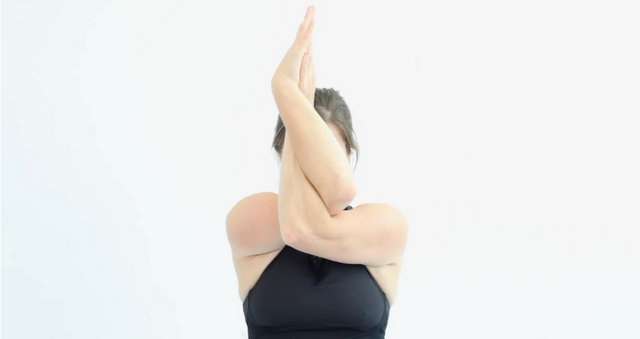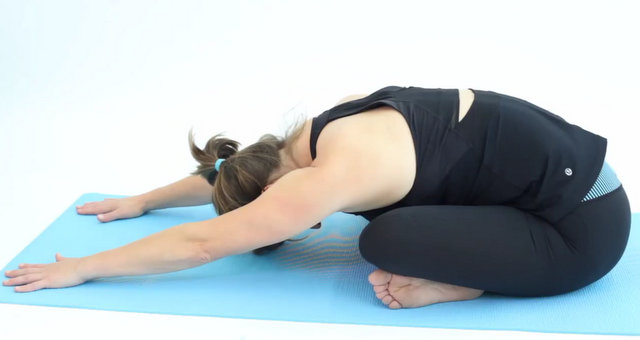Regardless of how much fun riding at night can be, getting on your bike on cold, dank and dark winter evenings can be somewhat of a challenge. Thankfully for those nights when it’s lashing it down there are ways of riding your bike indoors as well as out.
After a step by step guide with pictures and video? Check out ‘Beginners Tips for Riding Rollers’
In fact, there have already been a couple of pieces here about the highs and lows of the turbo trainer – but a turbo isn’t your only choice. There are rollers too.
Nope, this isn’t about spending time turning locks of hair instead of pedals – these are rollers for your bike.
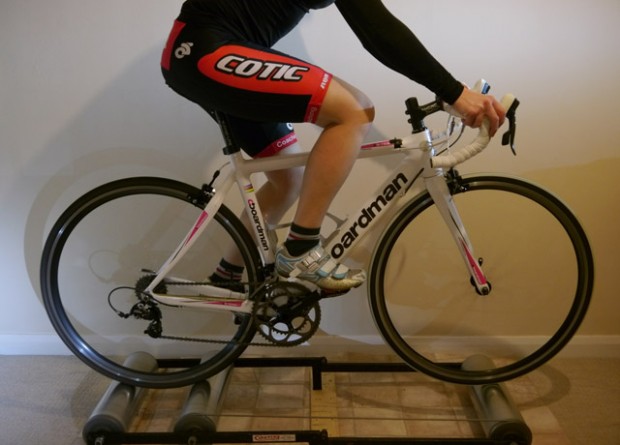
The basic concept of rollers is incredibly simple – there are two or three drums, aka rollers, attached with a thick rubber band and mounted on a simple frame. Unlike a turbo trainer you don’t actually fix your bike onto the rollers, but balance on top of them instead: so all you need to do is position your bike on top of the rollers, you on top of your bike and pedal away. Easy peasy. The end.
Oh, but if only life was that simple.
Because your bike isn’t attached to the rollers like it is on a turbo you aren’t held upright, which means you need to balance as well as pedal. Don’t be lulled into thinking that just because you shed your stabilisers as a child you can balance on rollers. It’s a real challenge and actually quite good fun practising, though you may want to remove any breakable objects from the vicinity first and lay all the cushions and pillows you own on the floor to break your fall if you take a tumble.
It’s also why rollers can be such a good addition to your training. Whereas when you ride on the turbo or even in the great outdoors you can get away with lopsided or stompy pedalling, it’s only a smooth pedal stroke that keeps you upright on rollers.
Although this makes it much harder to start with, and it’s strongly recommended you put them in the doorway so you have something solid each side of you until you get the hang of it, it makes for a really good workout for your core and pedalling technique as well as your fitness.
Because you have to concentrate that much more I find that I don’t get bored on them in the same way as I do on the turbo – a real advantage for people who loathe the monotony of indoor training.
Rollers start at around £130, which is a bit cheaper than a turbo trainer. They vary in design but typically have plastic drums made in a parabolic shape (with a convex curve on the outside edges) which can help you to stay upright. On some more expensive versions you can alter the resistance although for the most part you can do this with your gears.
So, that’s the theory but what about in practise? I have to confess until this year I had never seen a set in person, let alone tried them out. That was until my other half mentioned he might have an old set in his dad’s garage and dared me to give them a go. Not one to shirk challenge, I clambered on.
To be honest I was fairly certain that pedalling on rollers wouldn’t be so hard and that the popular press would have it wrong in the same way that a turbo session isn’t the most tedious thing known to man. In fact I was so sure that I decided to add a few extra ingredients to spice things up a bit.
Firstly I wouldn’t use a modern set of rollers with smooth bearings and parabolic drums. I’d used a set that at best guess were 25 years old and had sat decaying in the back of a garage for at least 22 of these 25 years until their recent discovery. They would have bearings that sounded like a load of tin cans sat on top of a demented washing machine.
Secondly I’d use my newly acquired road bike which I hadn’t yet managed to set up into a state that was either comfortable or well balanced and on which I needed to shift myself all over the saddle in an attempt to get vaguely stable whilst I tried to pedal. And finally I’d choose a two-hour interval session in which to try all this out.
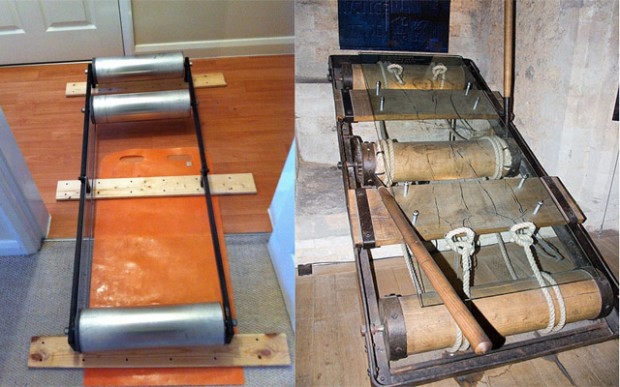
After a couple of practice sessions and only once ending up on the floor, I decided that I was ready to embark on the main event. Not wanting to be too cocky about this, I carefully placed the rollers in the doorframe so I had something sturdy on both sides of me. And off I went. After a rather sketchy start I got my eye in, picked up momentum and things got a little easier.
After 20 minutes I decided I was going to have to try and have a drink. I was so pleased with myself for managing to get my bottle out the cage that I stopped concentrating for a moment and nearly plummeted off. With order restored I managed a couple of sips before trying to return my bottle to its home.
In theory this procedure was only a little more challenging than removing it but after some sharp side to side swerves and the accompanying ricocheting into the doorframe I confess I was rather relieved when I dropped my bottle. At least if it wasn’t within reach I had an excuse not to try and drink again and therefore save myself from a certain crash.
From then on things went ok. I managed to change gear. I managed to hit the heart rates I was supposed to. I even managed my second lot of sprints with a little more control than the first. The cool-down was a rude awakening as easing back on the gears and effort meant a loss of gyroscopic force and consequently my balance. I spent the last 10 minutes scooting from side to side and hugging the doorframe as I tried to regain my position and composure.
But I did it. I managed a full 2 hours and despite some incredibly close shaves, I didn’t fall off. Given my improvement since my first go has been patchy to say the least and I’ve only just made it out the doorframe, I think my debut involved a fair amount of fluke. However, I don’t get bored and I have really noticed the difference in my pedalling technique – I’m a roller convert and haven’t been on the turbo since.
Want to follow what endurance MTB racer Rachel Sokal is up to? Check out her blog and twitter account.

